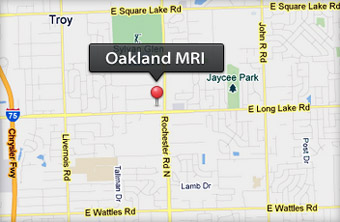Current Technologies and Future Directions
Magnetic resonance imaging (MRI) is the imaging modality of choice in many clinical situations, and its use is likely to grow due to expanding indications and an ageing population. Many patients with implantable devices are denied MRI except in cases of urgent need, and when scans must be performed they are complicated by the need for burdensome and costly personnel and monitoring requirements that have the net effect of restricting access to scans. Several small studies, enrolling a total of 344 patients, suggest that some patients with conventional systems may undergo MR examinations without clinically overt adverse events. However, a number of potential interactions exist between implantable cardiac devices and the static and gradient magnetic fields and modulated radio frequency (RF) fields generated during MR scans; nearly all studies have reported pacing capture threshold changes, troponin elevations, ectopy, unpredictable reed switch behaviour, and other ‘subclinical’ issues with pacemakers and implantable cardioverter-defibrillators (ICDs) in patients who have undergone MRI. Attention has turned to devices that are specifically designed to be safe in the MRI environment. A clinical study of one such device documented its ability to be exposed to MRI in a 1.5 T scanner without adverse impact on patient outcomes or pacemaker system function. Such new technologies may enable scanning of pacemaker and ICD patients with reduced concerns regarding the short- and long-term effects of MRI. As importantly, these devices may increase the number of centres that are able to safely perform MRI and, thus, expand access to scans for patients with these devices.

